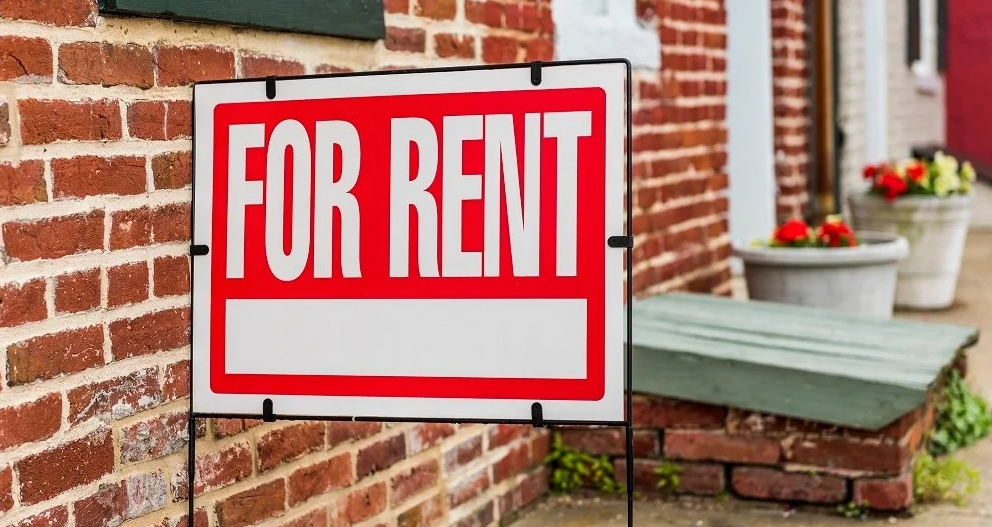The same only different

One of the characteristics of capitalism over time has been its capacity to absorb accumulated social change and trends driven by material economic circumstances. In some respects this has ameliorated the tendency to crisis, although the potential does still exist. Fiscal and monetary policies have served to offset the severity of crises, notably the GFC, by pushing the problem further into the future. The most recent economic recession is a case in point, as governments have opened purse strings to prop up social incomes to offset the forced closure of businesses as a result of health imperatives. Accumulated deficits are now at historic highs.
In the west, the broad trend since the GFC however has been to stagnation, despite unjustified growth in stock markets largely driven by the expansion of revenues derived from increases in internet profits and commodities (in Australia, mining). The clear indicator is central bank dictated low interest rates that have not yielded the growth hoped for. Inflation remains below target. Wages are falling behind as automation and the threat of automation compound the effect of low unionisation. It must be expected that this persistent regime will have consequences with significant effect on social relations.
Asset bubbles have followed as institutional and private investment has chased investment returns and this is most clearly indicated with the global trend to property price rises that are disproportionate to supply factors. In Australia, personal debt levels are at historic highs, predominantly related to mortgages held for home buying.
"In the 1970s and 1980s, the OECD’s house price-to-income ratio averaged around 76 for Australia, rising to an average of 85 during the 1990s. The ratio surpassed 100 for the first time in 2002 and, over the past five years, has averaged nearly 140.
Unsurprisingly, given the increasing number of people being priced out of housing, since the mid-90s, the proportion of renters has risen from below 20 per cent in New South Wales and Victoria, to approximately 30 per cent."
Source.
The numbers indicate a gradual shift to an increasing proportion of renters in the market, with a generational cohort being priced out of home ownership, a traditional form for growth of wealth in private ownership of the family home.
Change over decades often goes unnoticed by the population and its only academics that keep tabs on the underlying trends. Even so, when Peter Hartcher, socially conservative writer for The Age comments on an issue and highlights a significant change in the Australian social contract, then the issue is getting serious.
In the US, institutional investors have moved on the single dwelling rental market. These investors include Blackstone, an investment vehicle of Black Rock, one of the largest hedge funds in the world. Their processes are impacting the social relations of renting, with regular rent increases and the imposition of transaction costs and other new imposts, all to maintain the high returns expected and their methods are slowly permeating into the larger non-institutional market.
Similarly, In Australia, the rental sector is not dominated by the institutions (if you discount the role of the banks), its more middle wealth families that hold more than one single dweller rental courtesy of negative gearing. More recently, landlords have started out sourcing the collection of rents utilising online payments.
What's clear though is that a number of problems will emerge once interests rates shift higher. Capitalism does not have a social conscience and cannot avoid the impact that rising mortgage payments will lead to increased defaults unless wage incomes increase proportionally. Already, homelessness persists at levels not seen previously. Inadequate programs introduced by the states lack the scale required to mitigate the issue. Without major reform, the velocity of income inequality will increase as entry into the housing market becomes more difficult and renting displaces equity in mortgages.
The recent move by New Zealand to require the central bank to assess the impact of monetary policy on housing price stability remains an isolated example.
Home ownership as a key element of the Australian dream (and a significant element of retirement security) is fading into the past.
This will have a gradual impact on class consciousness as class division takes a starker form. Having a landlord who takes a regular slice of your weekly income is a lot different from watching your equity grow as your mortgage declines.
